Introduction
Today we shall cover the creation of mock endpoints in Postman. To help in the designing & prototyping of API endpoints for the expense manager project using Flask and pytest in part 3.
For those that are new to this series, you can go to part 1 to understand the explanation of tools and libraries used for this series to create API endpoints in Flask.
You are encouraged to jump between each tutorial sections. I had included this postman collection to get you started to play around with mock endpoints.
Tools
Project Specification
The expenses manager has to have the following features for the API endpoints:
- Display the balance
- Adjusting balance
- Display list of transactions
- Display an individual transactions detail
- Add transaction
- Update a specific transaction detail
- Remove a transaction
Why Create Mock APIs Instead of Building the API?
The reason for it is to help in the prototyping process of developing the endpoints.
By creating prototypes, you gain the perspective on how to create the endpoints and see on how it will look like in the final product.
Using your Prototype to Gain Understanding & Common Ground
With the use of the prototypes, it allows you to communicate your understanding and get feedback to make changes before you start in developing the actual product.
Breaking Dependence of Front-end & Back-end
Through the creation of mock endpoints in postman, you break the inter-dependency issue that you might encounter with the front-end developers regarding on APIs.
There is always a problem in having the API endpoint to be operating 24/7 to test out your front-end’s UI or the API you had built when you’re moving at a fast pace.
Fortunately, with the creation of mock endpoints in Postman, it had made it easier to collaborate at a much faster pace.
Creating a Postman Collection
Before you start on creating mock endpoint you have to sign up for a postman account.
Once had created your new account, download the postman app in your os.
Create a new postman collection called Expenses Manager. A postman collection is a place to store your API request in postman.
Creating a Mock Server In Postman
Now in your newly created Postman collection, click on the “>” icon and select the mocks tab.
There will be a button that says create a mock server click on that button to create a mock server as shown in the picture below.
Select the default settings and click create button as shown below.
With a mock server URL for your postman collection, you need to enable the Expenses Manager environment to use the mock server.
Enabling the Postman Environment
To enable the Postman, go to your top right corner just beside the icon with an eye.
Click a dropdown box with the name No Environment. Select Expenses Manager environment.
Select eye icon, it will show you the mock server’s link under the local environment variable called url.
The variable allows you to create API points without the need to replace the URL of each request which saves you time.
Creating A New Request
Now we shall proceed in setting your first request in postman. Select your “Expenses Manager” collection and click on the “…” button that is at the bottom of the arrow button.
Once you had click on the button, a list of options is displayed then click on Add Request as shown in the picture below.
From there enter the name of your new request called Get List of Transactions and save it to the expenses manager collection.
Editing the Description of a Request
Let’s add descriptions to the request, click on arrow icon and then edit icon as shown below.
The description will become part of automatically created documentation. Therefore it is useful to add it in to explain what does the API do.
API Description: Get the list of transactions in the expenses manager
Enter fullscreen mode Exit fullscreen mode
List of API Requests in Postman
In RESTful API, there are a bunch of HTTP methods for different use cases.
You could get the list of methods founded by clicking on the arrow button of the GET method in your request.
Types of API Request Methods
Here are the HTTP methods that you will use for this expanses manager project or future APIs that you will be creating.
They follow a similar structure to the CRUD function of the typical database.
They are as follows:
- GET – Displays a list of records or specific record.
- POST – it creates a record.
- PUT – Updates an existing record or multiple records in the API. Besides that, it can create new records thus you need to catch any PUT operations that does not update existing records.
- DELETE – Deletes existing records.
Edit Get List of Transactions Request
Now go to List of Transactions Request and enter the following URL.
{{url}}/transactions/
Enter fullscreen mode Exit fullscreen mode
The
{{url}}
represents the mock server URL.
Duplicate the API Requests
Duplicate the following request shown in the picture.
- Get an Individual Transaction – GET
- Create a New Transaction – POST
- Update an Individual Transaction – PUT
- Delete an Individual Transaction – DELETE
- Get Current Balance – GET
- Update Current Balance – PUT
Creating an Example Response
An example response is a mock response whenever you send an HTTP request.
Select the Get List of Transactions request and add a new example response.
Once you had created a new example, you will be shown the example response message as shown below.
Replace the name with Success Response and enter the body of the response shown below.
{
"balance": 200,
"transactions": [
{
"id": 1,
"amount": "60",
"description": "New jeans",
"type": "expense",
"inital_balance": 300,
"current_balance": 240,
"time": "2019-01-12 09:00:00"
},
{
"id": 2,
"amount": "40",
"description": "Lunch at a restaurant",
"type": "expense",
"inital_balance": 240,
"current_balance": 200,
"time": "2019-01-12 12:00:00"
},
{
"id": 3,
"amount": "10",
"description": "Tips",
"type": "income",
"inital_balance": 200,
"current_balance": 210,
"time": "2019-01-12 16:00:00"
},
{
"id": 4,
"amount": "10",
"description": "Weekly bus pass",
"type": "expense",
"inital_balance": 210,
"current_balance": 200,
"time": "2019-01-12 18:00:00"
}
]
}
Enter fullscreen mode Exit fullscreen mode
Add Status Code
The status code is used to identify that an HTTP request to a server is successful. The most common type of HTTP status code is 404 which displays when there is no webpage for a website.
At the status dropdown box, you can select the status code for the example response which in this case is 200.
Now when you click on the send button on your Get List of Transactions request.
You will be displayed the example response that you had created earlier.
Congratulations, you had created your first mock endpoint!!!
Now please create the remaining mock endpoints for the expenses manager project and test it out on your own.
I had included the Postman collection for the Expanses Manager. If your feeling lazy to play around with the mock endpoints, don’t worry I won’t tell anyone.
Expanses Manager Postman Collection
Conclusion
I hope that with your new founded skills in creating mock endpoints in postman. It can help you greatly in reducing the dependency between your front-end and the APIs you build.
Lastly, did you remember that you added the description of your API request?
Well, all Postman collections come with API documentation page that displays all your API requests and example responses for each API.
Having great API documentation is one of the keys to adopting APIs be it for internal, external or public use cases.
So, postman, have you covered in creating these documentations without spending any of your time writing it.
Links
- 10 Best Practices for Better Restful API
- Getting Started with Mock Servers
- Sending Your First Request
- Creating your first collection
- Intro to Mock Servers
- Mocking With Examples
If you like my article either sign up for Max’s Weekly Newsletter or you can follow to get the latest update of my article on Dev
This post was originally posted on max’s blog at Building Restful API with Flask, Postman & PyTest – Part 2 (Read Time: 10 Mins) and picture from Photo by José Alejandro Cuffia on Unsplash
原文链接:Building Restful API with Flask, Postman & PyTest – Part 2 (Read Time: 10 Mins)




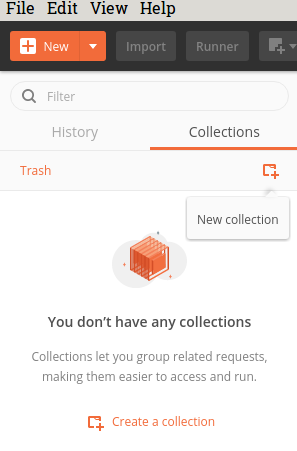
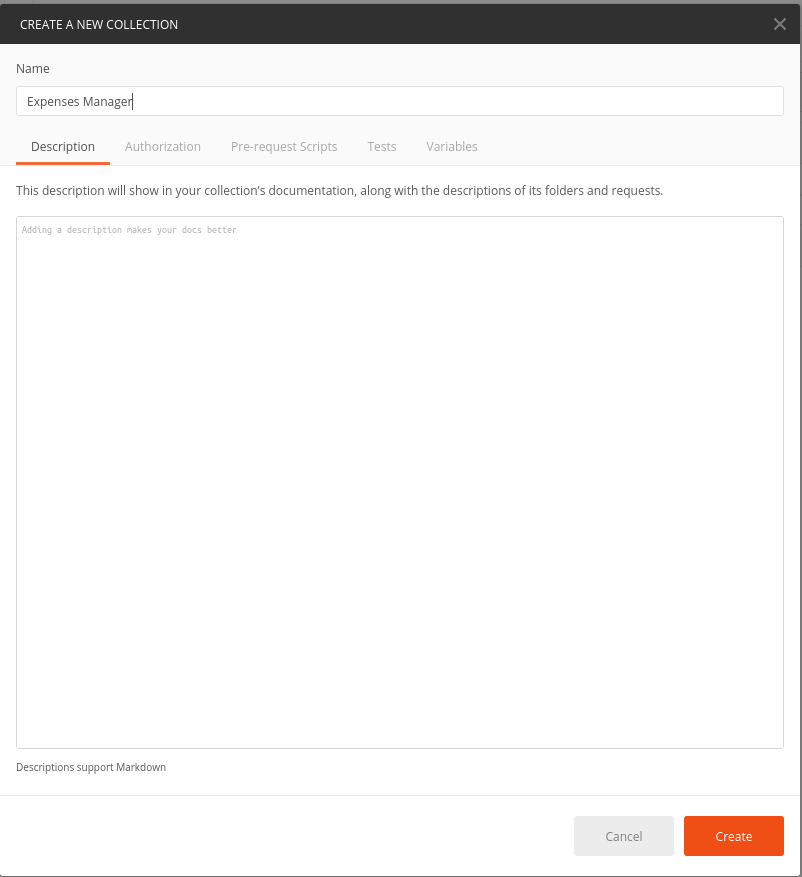
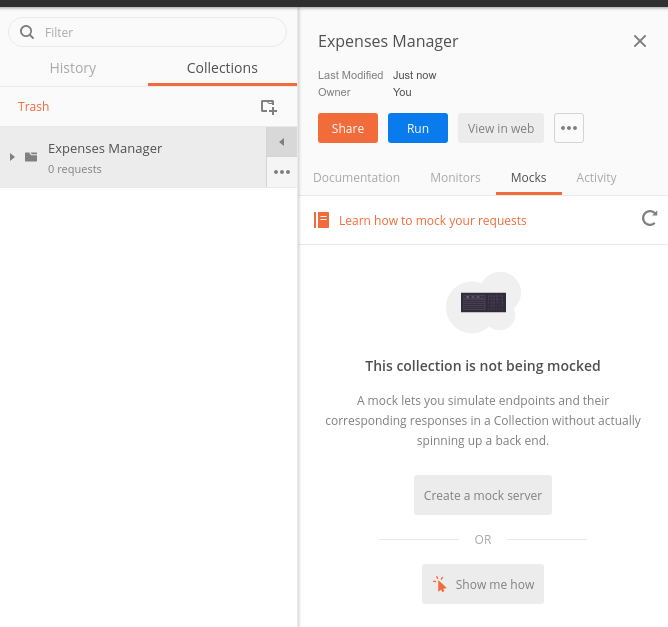
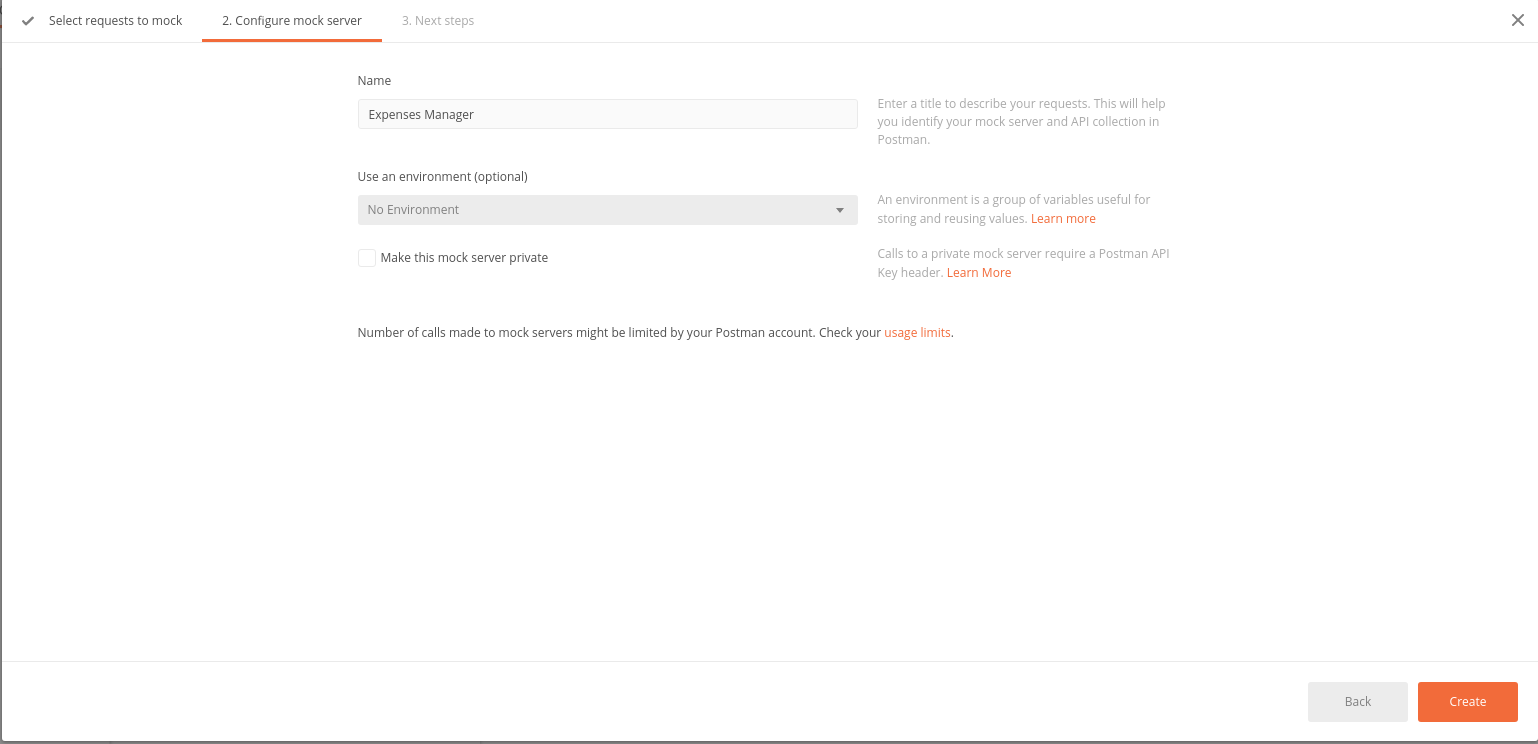
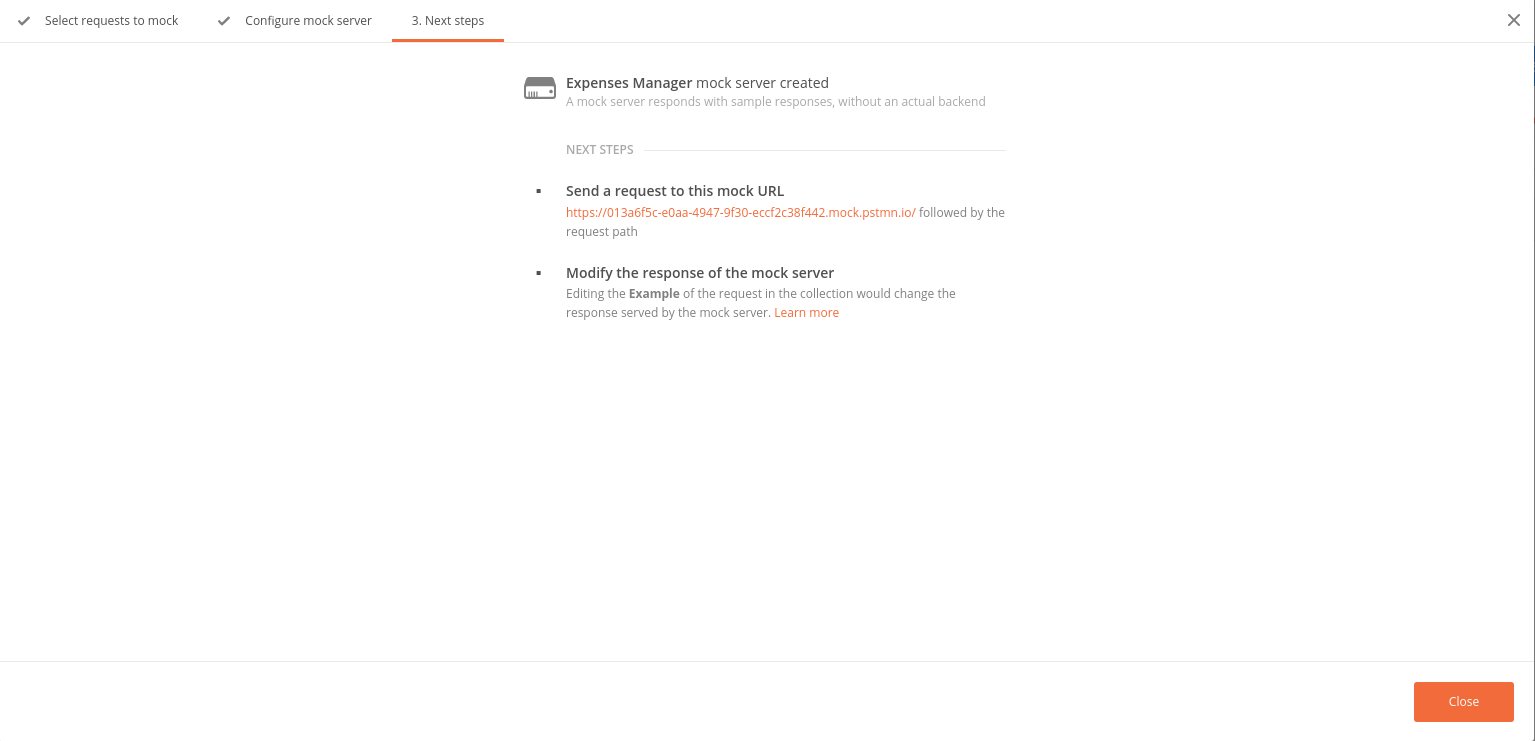
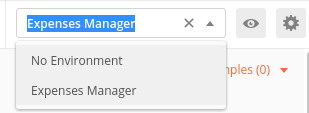
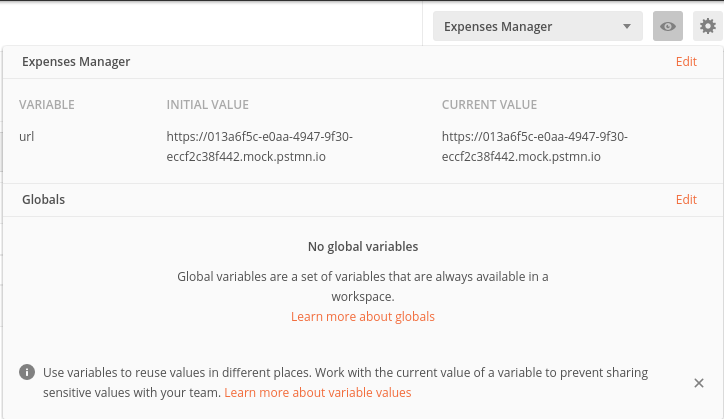
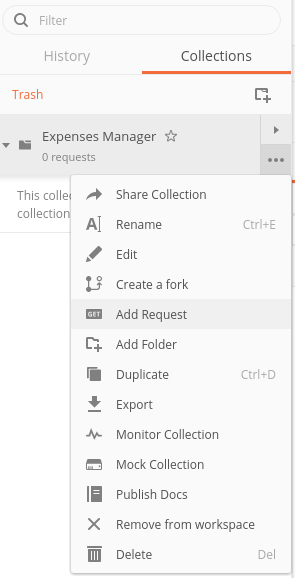
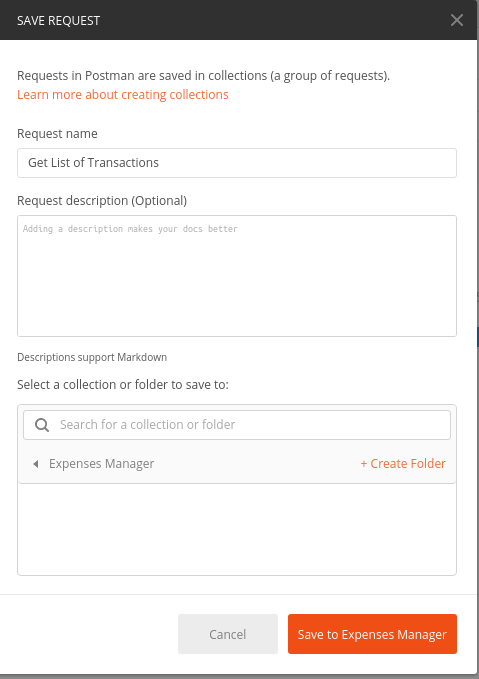


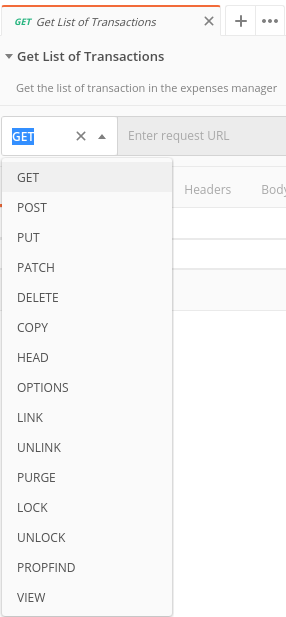
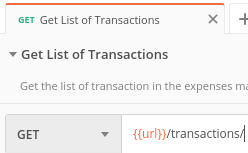
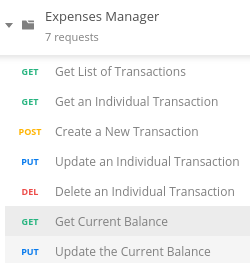
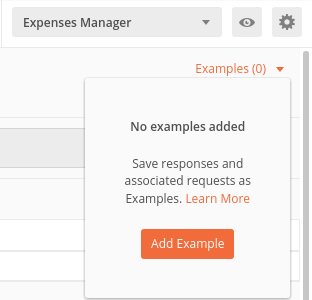

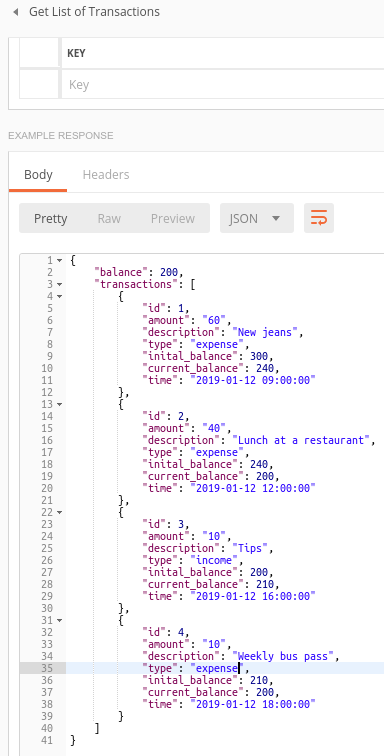
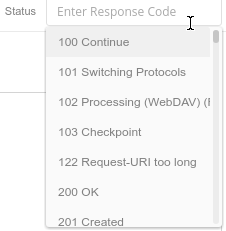
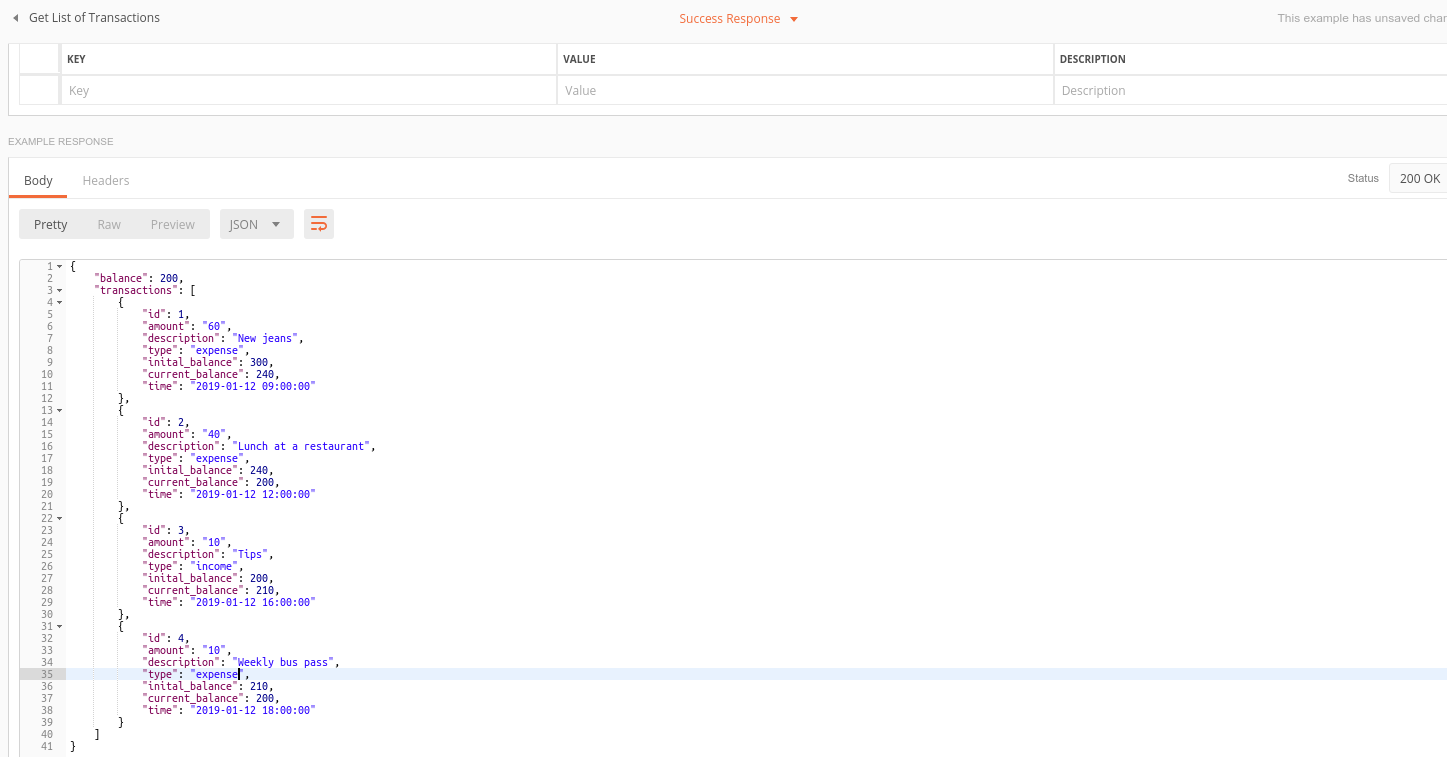
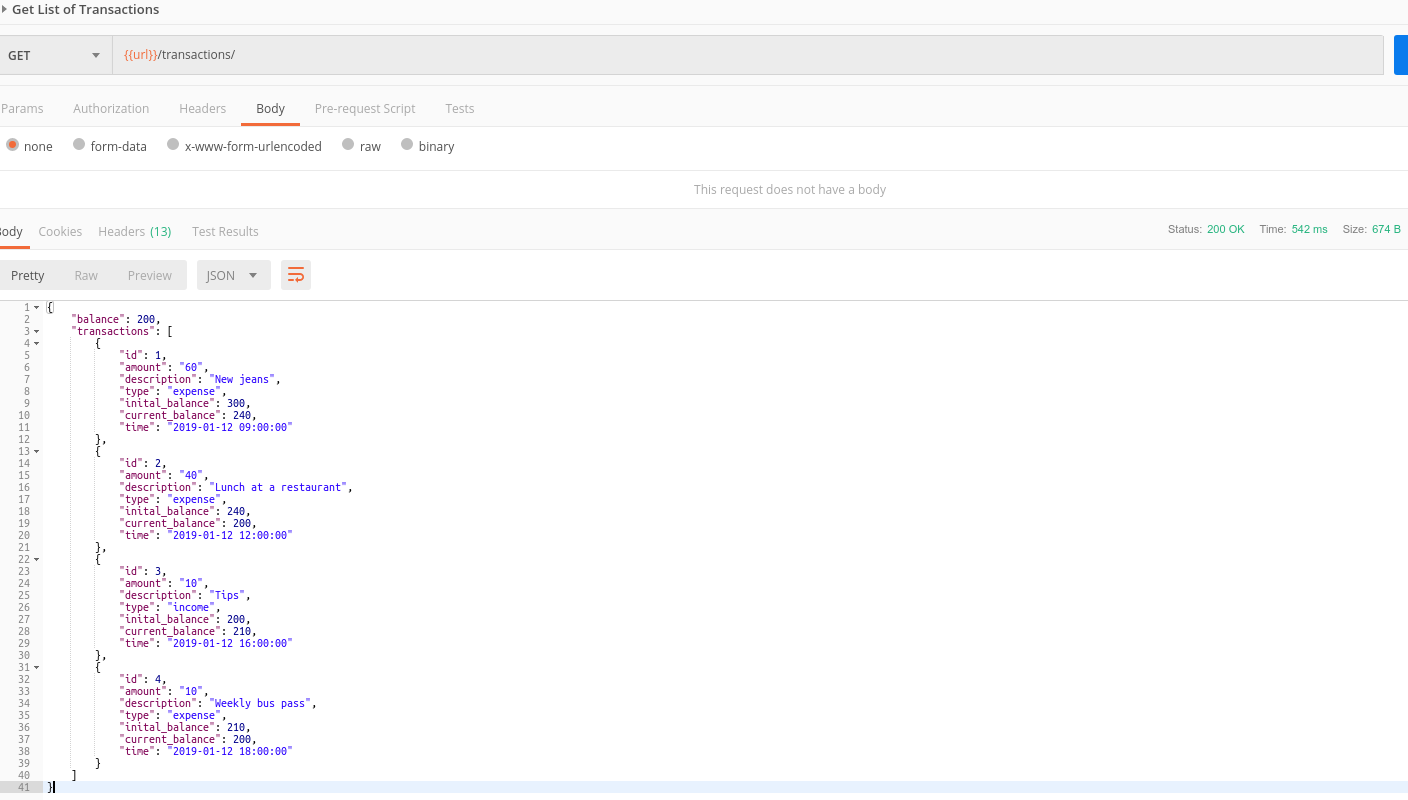
























暂无评论内容